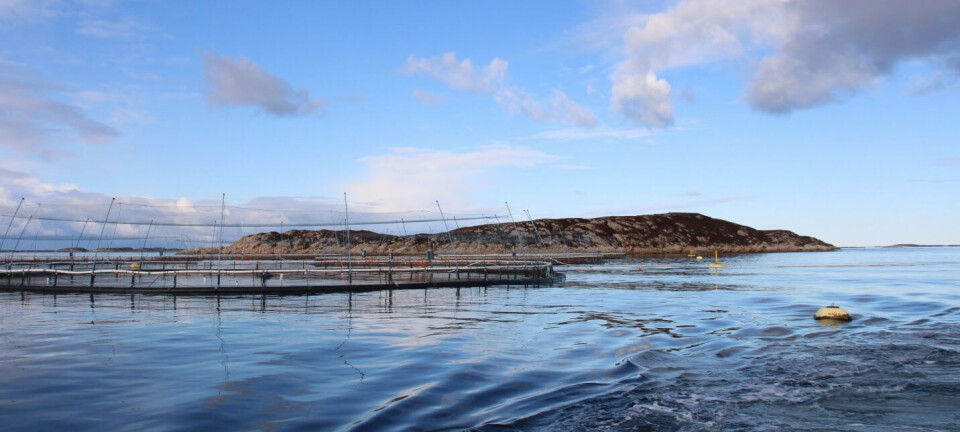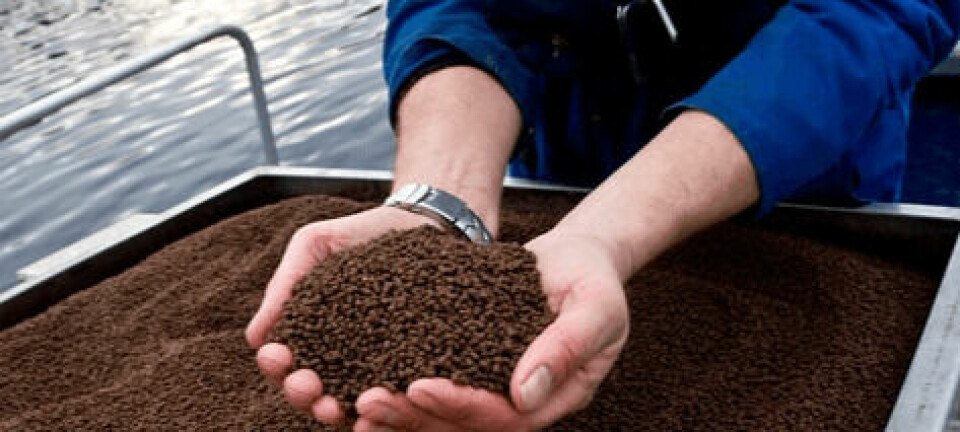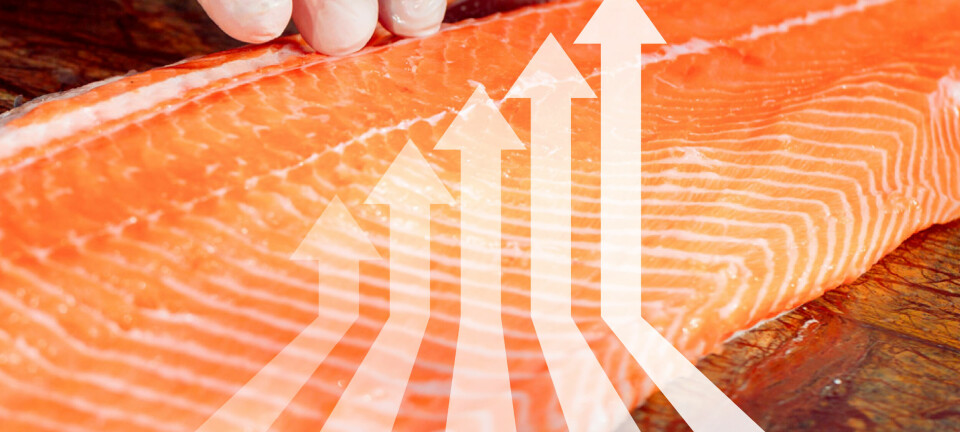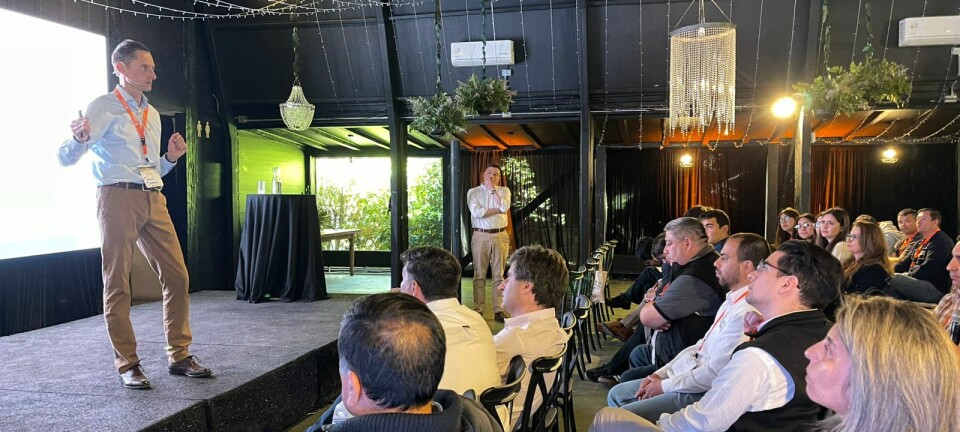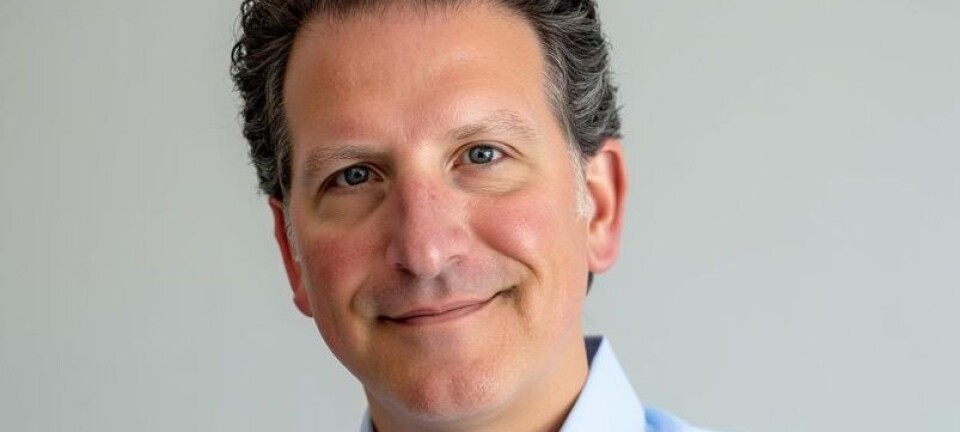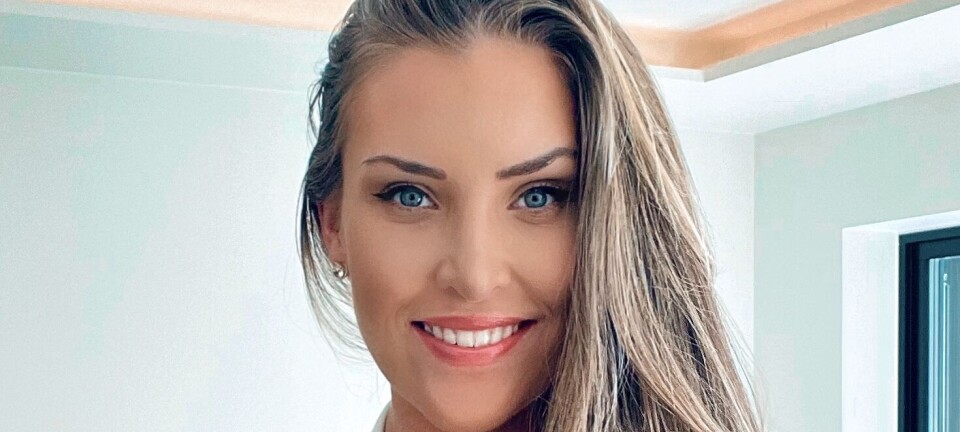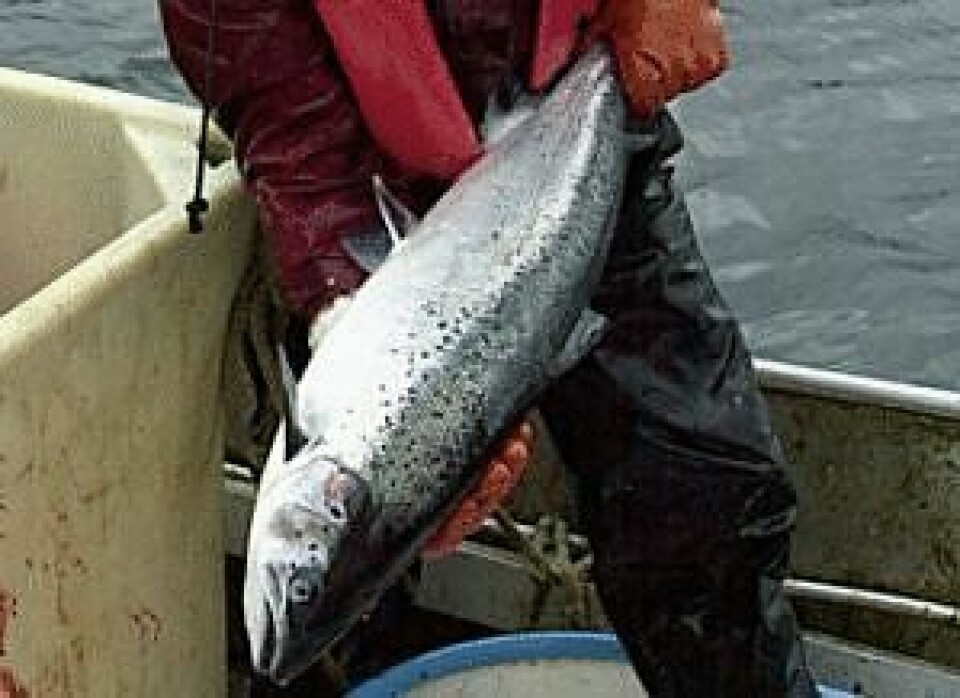
Norwegian researchers want more breeding in aquaculture
Odd Grydeland According to a leading researcher in the field of aquaculture genetics, Dr. Trygve Gjedrem, less than 10 percent of the world’s aquaculture is based on fish improved through breeding programmes, reports Fishnewseu.com; The Norwegian company Nofima wants to do something about this and has published a text book on breeding.
Systematic breeding programmes involve the strict selection of the fish to be parents so that the characteristics of economic significance are improved in the next generation of fish. "The aquaculture industry has much to learn from agriculture, where almost all seeds and domestic animals are improved through breeding programmes. The fundamental theory is the same," says Trygve Gjedrem who co-authored the book with Scientist Matthew Baranski.In 2003, less than five percent of the world's aquaculture was based on fish improved through breeding programmes. Today, the figure has risen somewhat, but remains under 10 percent. More than 80 percent of the world's aquaculture takes place in Asia.
Gjedrem played a central role in developing the breeding programme for Atlantic salmon. The work commenced in the 1970s under the auspices of Akvaforsk, which is now part of Nofima Marin."Thanks to breeding programmes, it has been possible to halve the time it takes before salmon reach slaughter size, which means a dramatic cut in costs," says Gjedrem, adding: "We have also achieved vastly improved utilisation of feed. Breeding work has been the most important single factor for the increased productivity of salmon."
The aim of the book is to present breeding work in an understandable manner and to promote the large potential. Its target group is students and people working in aquaculture. "There are increasingly more mouths to feed in the world," says Gjedrem. "Breeding work enables one to utilise the resources considerably better. This includes reduced use of amongst other things area, water and feed per kilo of food produced. Not being more active in this field is a misuse of resources."
The book is called ‘Selective Breeding in Aquaculture: an Introduction’



















